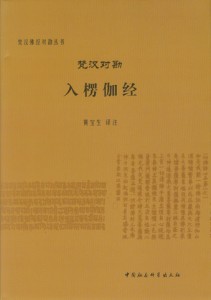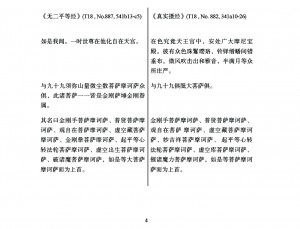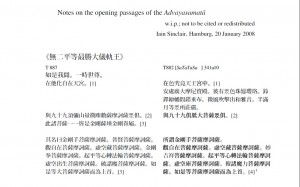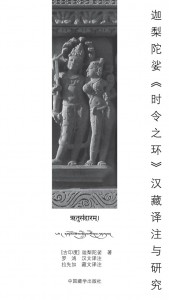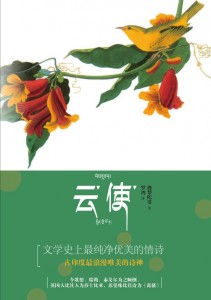Zhen Liu (刘震). ‘On the Sanskrit Version of Dharmadhātustava‘. Paper presented at Buddhajayanti: The Celebration of 2600 Years of Buddha’s Enlightenment, Mahachulalongkorn University, Bangkok, 2012. [PDF]
Dr. Zhen Liu tracks down the earliest dateable source for the Dharmadhātustava — a Chinese translation of preaching attributed to Kṣitigarbha, surviving in a unique Dunhuang manuscript — and concludes: “it is obvious that before the middle of the eighth century it was not thought that Nāgārjuna authored the text” (p.10).
Continue reading “Liu, On the Sanskrit Version of Dharmadhātustava (2012)”



